Glebe House Garden
Woodbury
June 18, 2011
My visit to the Glebe House Museum here.
I visited here almost exactly 2 years ago as I write this. That’s not so insane in CTMQ world as my second son was born just over 2 years ago – there’s a direct correlation here. You figure it out. What’s insane is that when I go back through my photos, I am sometimes surprised. Like just now when I noticed that I did so much on that day back in 2011, including visiting TWO CT Historical Gardens in a row.
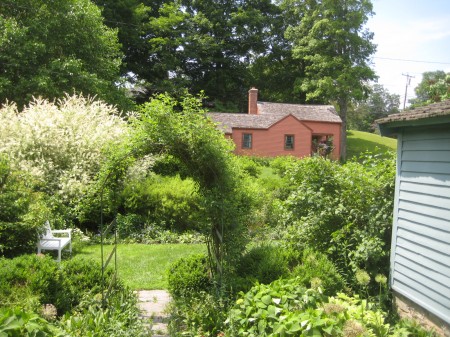
I have no recollection of that. But now that I think about it, it was Connecticut Historic Garden’s Day, so that makes sense.
Of course now you’re saying, “Gee Steve, that’s great. So how in the world do you plan to write about this place?”
Fair question. Answer: Through my incredible photographic skills. Oh, and by using the descriptions from the Glebe House and the Historic Gardens website that know far more about this stuff than I ever will.
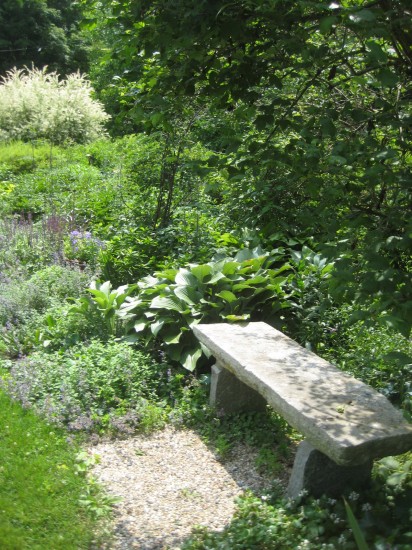
Your next question – What the heck is a Glebe – is also a good one. And the answer may sound boring, but here in Woodbury, there is actually a rather interesting history behind it. A glebe is an area of land within an ecclesiastical parish used to support a parish priest. The plural of it is apparently also glebe.
This whole glebe thing started back in Medieval times and, well, we’ll discuss it more on my page about the Glebe House Museum. Put it this way – an Anglican priest lived here in Colonial times and the house and land was a glebe back then.
The garden… It’s lovely. Except for one thing. I was “greeted” by a creepy life-sized doll lolling on a bench.
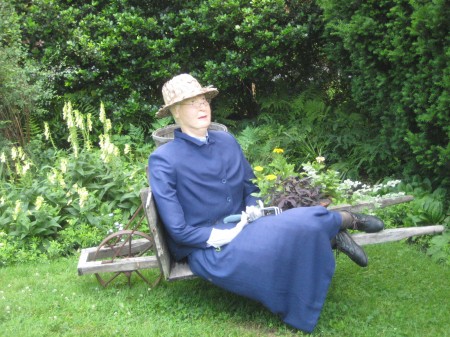
AAAAHHHHHHHHHHHHH!
Terrifying. I strolled the grounds before entering the museum. I found them very enjoyable but was not given a guided tour which sort of bums me out. After all, this garden is the ONLY one in the US designed by the greatest gardener of the 20th century. Read on… from the Glebe House Museum’s website:
In 1926, the famed English horticultural designer and writer Gertrude Jekyll (pronounced jeek uhl) was commissioned to plan an “old fashioned” garden to enhance the newly created museum. Jekyll had a profound influence on modern garden design and is widely considered the greatest gardener of the 20th century. Although a small garden in comparison to the c. 400 more elaborate designs she completed in England and on the continent, the Glebe House garden includes 600 feet of classic English style mixed border and foundation plantings, a planted stone terrace, and an intimate rose allée.
For reasons unknown today, the garden Miss Jekyll planned was never fully installed in the 1920s and its very existence was forgotten. After the rediscovery of the plans in the late 1970s, the project was begun in earnest and is now being completed according to the original plans.
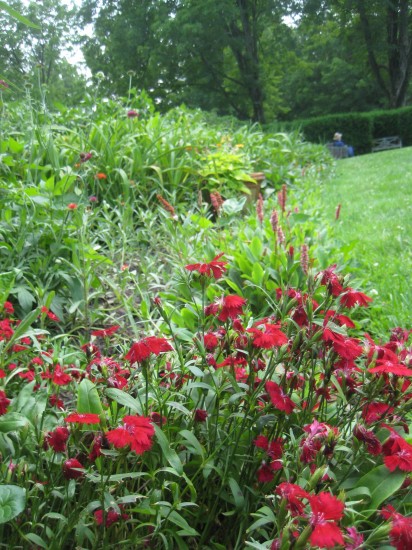
You see? I told you this was an important garden. And it’s cool that Jekyll included some cool places in it to Hyde.
Boom.
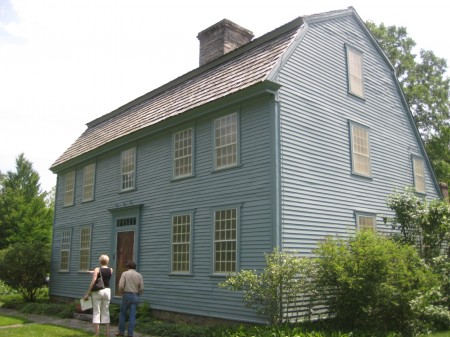
![]()
Connecticut Historic Gardens website
CTMQ’s Connecticut’s Historic Gardens page

Leave a Reply